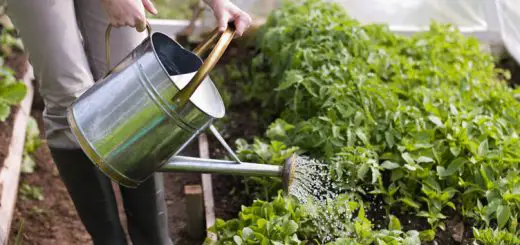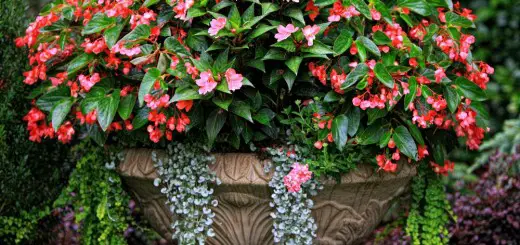Best Compost for Flower Pots – Solutions Within Reach
Plants grown in pots are almost entirely dependent on compost to develop. In the garden, a poor soil also needs some help to turn into a fertile environment. Since we leave behind us tons of kitchen waste that normally end up in the garbage bin, we can easily find the answer to a fruitful garden around us. Below is a small recipe for the best compost for flower pots that you can easily make at home. Otherwise, garden shops are full of various offers of such soil nutrients.
First, you should think of the advantages of composting: recycle kitchen and garden waste and reduce the volume of waste going to landfills and incinerators, convert organic matter into a valuable resource for your plants or community garden, it acts as a soil conditioner, fertilizer, a natural pesticide, an adds to humus in the soil, improves the health of the soils (compost breaks up clayey soil and improves their structure. In case of sandy soils, it enables water and nutrient retention. Healthier soils make for healthier plants), mulch when used to cover soil and deter the growth of weeds, even make some money, if there is a market for compost in your area.
What do we need to make compost at home? First of all, use greens: vegetable and fruit peels, rotting vegetable and fruit, plant cuttings and grass clippings, tea bags, coffee grounds, crushed egg shells and flowers. Greens are generally the wet and live matter which decompose quickly and give the required moisture to the compost. They contain and provide the nitrogen – proteins required for the microbes to digest and thrive. Without greens, the decomposition will take much longer, and the compost will become too dry.
Then use browns that provide the carbon required for the microbes to multiply. Less carbon would make the compost smelly, overly moist and fungus prone. Such matter are dried leaves, chopped straw, shredded paper, coffee filter paper, cardboard, corn cobs copped into small pieces, sawdust and cotton wool, among others.
Use equal amounts of greens and browns should be put in the compost mixture. This will roughly enable a carbon to nitrogen ratio of 30:1 in the final compost which is recommended by most gardeners. Use a flower pot with holes at the bottom for drainage and aeration. Put a layer of cork to help keep moisture inside and then cover with soil. Put the kitchen waste over the soil and then cover again with soil. Repeat till completely covering the kitchen waste with soil. Stir the contents one a week to ensure proper aeration.
Cover the pot with a lid and keep the compost humid by sprinkling water on it. In temperate climate, compost may need at least three months to reach the right time to be used. Use the compost as a top two inch layer around plants.
Sources: Rhs.ork.uk, Ecowalkthetalk.com, Eartheasy.com


















